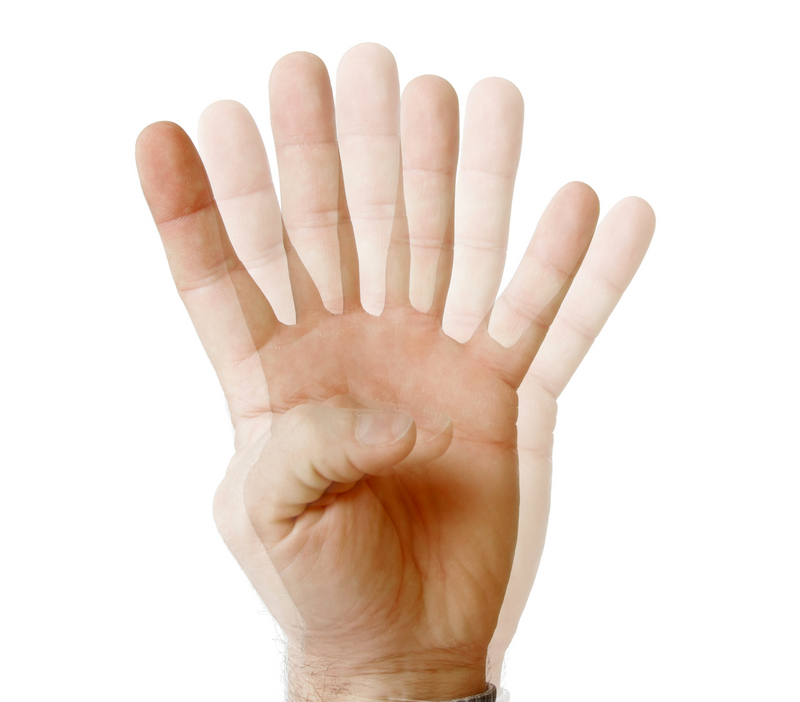Whenever a patient tells me they feel dizzy, I first ask them to clarify what they mean. Do they mean they feel lightheaded, like they might faint when they stand up too fast? Are they unsteady when walking on uneven ground? Or do they sense movement when they shouldn’t? There are many different situations that can make a person feel off balance; some are harmless, while others may represent a medical emergency.
For the purposes of this article we will focus on vertigo; an illusion of motion typically described as spinning. Patients with vertigo typically feel like the world is spinning, but if the condition has been present for a long time they may actually begin to perceive that their body is spinning as opposed to the world around them. Patients frequently have nausea associated with this sensation of spinning and may vomit. No matter what it looks like when it happens, it should come as no surprise to someone with vertigo that the room isn’t really spinning. They experience this illusion because their eyes are being moved back and forth by an inner ear reflex. The back and forth eye movement is called nystagmus. If you don’t have balance problems and you want to feel this reflex for yourself, just close your eyes and lightly put your fingertips on your eyelids as you quickly turn your head from side to side. The slight pulsating feeling under your fingertips exists because our eye muscles and inner ear normally work together as a team. That way when our head moves, our eyes can stay focused on whatever we are looking at.
While there are many different causes of vertigo, the most common cause happens to be the least harmful and the easiest to treat. Benign positional vertigo, BPV, occurs when small crystals become dislodged in the inner ear and find their way into a different part of the inner ear where they don’t belong. The loose debris then rattles around where it shouldn’t and certain head positions cause the crystals to trigger the nerves that are normally only activated by movement. As a result, our brain is tricked into feeling as though we are spinning, even though we are not. BPV is often caused following a blow to the head or motor vehicle accident. It can also be associated with seasonal allergies or upper respiratory infection. However, in many people, no specific cause can be identified.
Patients will typically say that rolling over in bed, sleeping on one side or looking up to a high shelf will cause the room to spin around them. Bending forward to tie a shoe and then sitting back upright will frequently trigger an episode as well. The vertigo episodes are typically brief, lasting from several seconds to a minute or two. The spinning sensation then tends to subside as long as they hold their head still. While this type of vertigo is called benign (harmless), it certainly doesn’t seem that way to the person who has it. Symptoms such as weakness or numbness on one side of the body, slurred speech, fever, loss of vision or hearing or headache are NOT associated with benign positional vertigo and indicate a more serious situation which may be a medical emergency and should not be ignored.
If left alone, some people with benign positional vertigo will improve after several weeks, although for other people the condition can persist for years. Standard medical treatment often includes Meclizine, which doesn’t fix the problem but tends to lessen the severity of the spinning sensation and replaces it with a drowsy feeling. Unfortunately, many of the people who suffer from BPV will experience another episode within the next year or so.
Fortunately there is a very safe and effective treatment for benign positional vertigo that is completely natural and only takes several minutes to perform. The trick is to first identify which one of the six semicircular canals in the inner ear has the crystals stuck in it. The way this is typically done is to look for certain eye movements called nystagmus when the head is placed in specific positions that activate one inner ear canal more than the others. The movements are sometimes subtle and are better seen by using infrared goggles or a special set of lenses to magnify and record the eye. Once the affected inner ear canal is identified there is a specific repositioning maneuver which involves having the patient lie down and then slowly rolling the patient over as their head is held in certain positions so that the crystals can exit the canal and get back into a part of the ear where they won’t cause vertigo. While it is not uncommon for a patient that has been dizzy for months to be cured after one treatment, patients sometimes need to do certain home exercises afterwards to help their brain relearn what it is like to have a normal functioning inner ear again.
Dr. Andrew Gregory is a board certified chiropractic neurologist with training in vestibular rehabilitation. He is a Diplomate of the American Chiropractic Neurology Board, a Fellow of the American College of Functional Neurology, a Fellow of the American Board of Electrodiagnostic Specialties and a Registered Nerve Conduction Technologist. Visit www.FunctionForLife.com for more information about his practice in South Windsor, CT.
